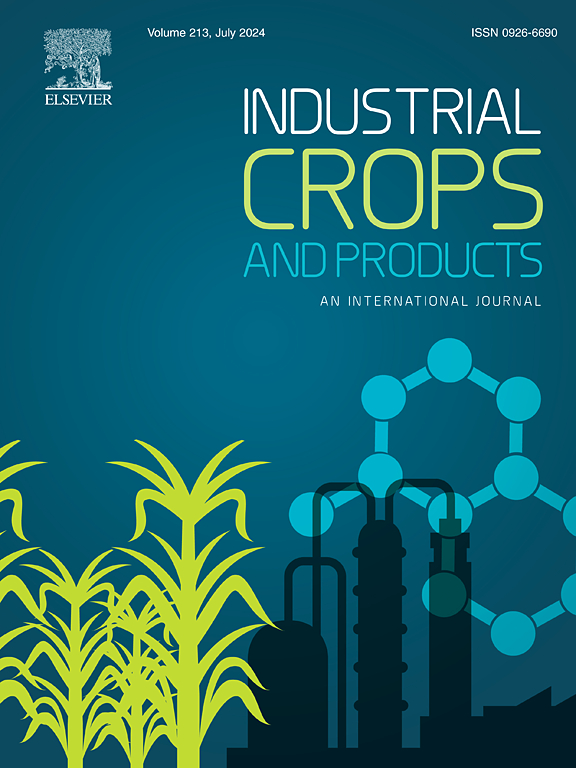A ratiometric fluorescent platform based on xylan-derived carbon dots for detecting Vibrio parahaemolyticus
IF 5.6
1区 农林科学
Q1 AGRICULTURAL ENGINEERING
引用次数: 0
Abstract
It is a challenge to design a ratiometric fluorescent platform with a stable inner reference free from disturbing for detection. Herein, a ratiometric fluorescent platform (RFP) was fabricated for detection of Vibrio parahaemolyticus (V. parahaemolyticus) based on optically transparent silica nanoparticles which integrates fluorophores and specific aptamers. The platform incorporated Rhodamine B as an internal reference within the protective silica matrix, while xylan-derived carbon dots were evenly distributed on silica’s surface. When excited at 365 nm, RFP exhibited blue fluorescence at 430 nm and orange fluorescence at 575 nm. Blue fluorescence of these carbon dots was quenched through interaction with a Dabcyl-modified aptamer (Apt.D). Upon bacterial addition, changes in the fluorescence intensities were observed, enabling sensitive and ratiometric detection. Notably, this RFP-Apt.D has a low detection limit of 1.15 CFU/mL (S/N = 3) with a linear detection range from 8 CFU/mL to 8 ×105 CFU/mL in a short responding time of 30 minutes, which was superior to most reported V. parahaemolyticus sensors. Furthermore, the RFP-Apt.D was successfully applied to detect V. parahaemolyticus in seawater and clam samples through a fast pretreatment without requiring enrichment and achieved reliable and satisfactory recoveries. This work provides a widely adaptable platform to design ratiometric fluorescent sensor for detection of foodborne pathogen.

基于木聚糖衍生碳点的比率荧光平台,用于检测副溶血性弧菌
本文章由计算机程序翻译,如有差异,请以英文原文为准。
求助全文
约1分钟内获得全文
求助全文
来源期刊

Industrial Crops and Products
农林科学-农业工程
CiteScore
9.50
自引率
8.50%
发文量
1518
审稿时长
43 days
期刊介绍:
Industrial Crops and Products is an International Journal publishing academic and industrial research on industrial (defined as non-food/non-feed) crops and products. Papers concern both crop-oriented and bio-based materials from crops-oriented research, and should be of interest to an international audience, hypothesis driven, and where comparisons are made statistics performed.
 求助内容:
求助内容: 应助结果提醒方式:
应助结果提醒方式:


